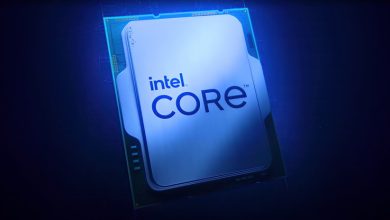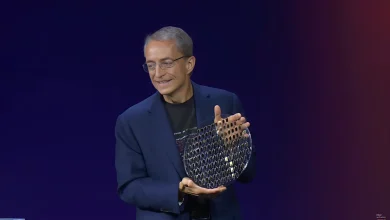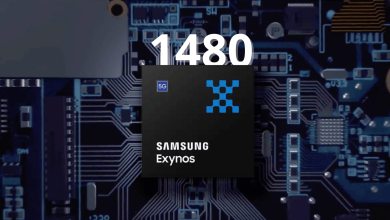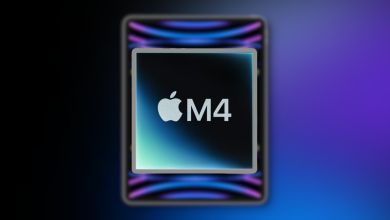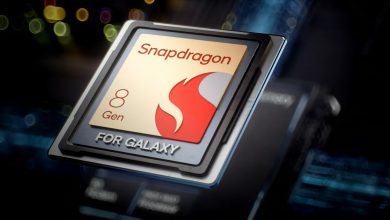Hafnia Could Open the Doors to Fast and Efficient Memory, Though Don’t Expect it to Replace Silicon Anytime Soon
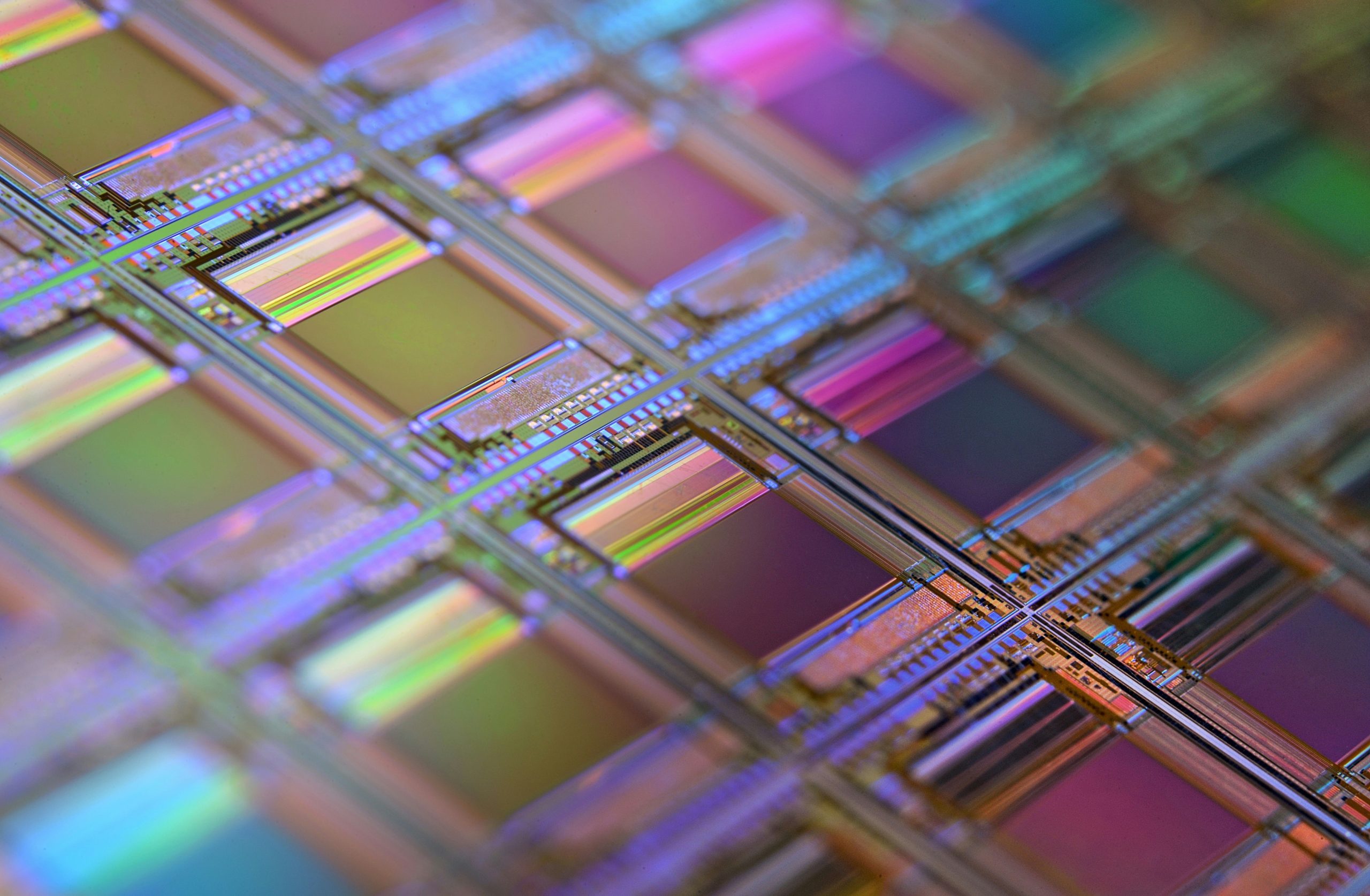
Breakthroughs in Hafnia, or simply Hafnium Oxide-based memory could revolutionize the computer memory industry. A new research has apparently made it simpler and cheaper to synthesize Hafnia in its different states for a large number of applications, including memory.
Hafnia – The Successor to Silicon?
Computer memory at its heart primarily comprises of Silicon, a cheap and abundant semiconductor, second to Germanium. The industry has been reaping the benefits of semiconductors ever since the inception of transistors.
Fundamentally, Hafnia is not a semiconductor, rather an insulator and will not replace transistors. Transistors rely on doping which is only possible through semiconductors. Likewise, the specific properties of PNP and NPN junctions heavily rely on what makes a semiconductor, a semiconductor. Hafnia, on the contrary exhibits ferroelectric properties, that is it always has an electric field.
Moreover, this field can be reversed by introducing an external electric field. Such materials are key for storing binary data, plus they have the added advantage of being non-volatile (Data is not lost after the power source is disconnected).
“Currently, to store data we use magnetic forms of memory that are slow, require a lot of energy to operate, and are not very efficient. Ferroelectric forms of memory are robust, ultra-fast, cheaper to produce, and more energy-efficient.”
Sobhit Singh
Reaching Metastability
However, Hafnia is not ferroelectric at its ground or stable state. To reach its metastable state, a longer-lasting excited state, it had to be compressed into sheets of nanometer-level two-dimensional films. A viable solution was to alloy Hafnia with Yttrium, however, this method used a lot of Yttrium and took away most of essence of the compound.

New developments by teams from the University of Rochester and the University of Tennessee show that only around half as much Yttrium is required to reach the metastable state via new techniques. As reported by Sobhit Singh, this is done by applying significant amounts of pressure, providing stable Hafnia in both ferroelectric and antiferroelectric forms.
That’s not all as the team will continue to improve on this methodology to further lower production costs and improve output quality. Singh will host a focus session for discussion on Hafnia at the American Physical Society’s March Meeting 2024.
But will Hafnia replace Silicon that easily? Hafnium, the element behind Hafnia currently sits at around $5,000 per kg, leagues more expensive than Silicon. Apart from the price, availability puts Hafnium at 0.7 parts per billion and Silicon at 700,000 parts per Billion. Whatever benefits Hafnia provides will simply be displaced by Silicon’s ease of use and abundance.
Source: SciTechDaily

